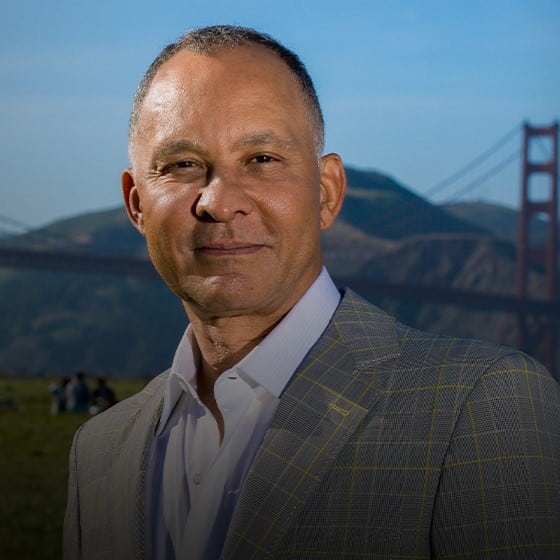Is Male Breast Reduction the Same Procedure as for a Woman?

Did you know that breast reduction surgery can be done for both males and females? While it is clear that the reason for this procedure is to reduce the breasts, the technique used for males and females is very different. Read on to learn more about the main difference between male and female breast reduction surgery.
Male Breast Reduction Surgery
Let us review gynecomastia, the main cause for men to seek out male breast reduction surgery in the first place. Gynecomastia is a condition that causes male breast enlargement in one or both breasts due to hormone changes or a hormonal imbalance. In order to permanently treat gynecomastia, male breast reduction surgery is needed.
The cosmetic plastic surgery goals for male breast reduction, also known as gynecomastia surgery, are very different than for a woman. Men with gynecomastia have enlarged breasts, and therefore, desire an almost flat chest, leaving just enough fat and breast tissue to have a natural-looking contoured chest to boost self-esteem. This also needs to be achieved without visible scars so that men are comfortable going shirtless.
Gynecomastia surgery is generally performed under general anesthesia on an outpatient basis. Glandular tissue removal will be used to reduce the appearance of enlarged male breasts, while liposuction will remove excess fatty tissue in the chest and around the nipple-areola complex. These two techniques combined help to achieve a masculine chest contour.
Following gynecomastia surgery, patients will be given a support garment to wear, and drains may be placed to help collect excess fluid during recovery. It is important that you follow your surgeon’s specific aftercare instructions regarding taking medications, wearing your compression garment, and bathing for the best results. Most men can return to exercising and lifting weights about three weeks following their gynecomastia surgery.
Female Breast Reduction Surgery
Women who choose to undergo breast reduction surgery desire a decrease in breast size and volume, as well as a slight lift to the breasts for an aesthetically pleasing shape. This desire may be due to overly large breasts that cause pain and discomfort or a negative self-image, or a simple wish to reduce their breast size due to aesthetic reasons.
During this procedure, the surgeon will create an incision pattern to remove excess breast tissue and skin to create the desired results. There are a variety of incision patterns used to achieve this, including the anchor and lollipop. The one that is right for you will be determined by your surgeon based on the desired results. In most cases, female breast reduction surgery also requires repositioning the nipple.
Following female breast reduction surgery, patients can expect to experience discomfort, swelling, and bruising. Pain medication can be prescribed by your surgeon. Patients may also be given a special support bra to wear during recovery to reduce swelling and support their new breast contours. Following this surgery, there will be scars but they do tend to fade with time. Scar creams or silicone patches can help to reduce the appearance of scars over time.
Schedule a Consultation
If you are seeking male breast reduction surgery to correct gynecomastia, contact Dr. Delgado in San Francisco and Novato, CA today. A consultation appointment will be your first step, during which you will discuss your medical history and aesthetic goals with Dr. Delgado, after which he will create a personalized treatment plan for you.
Male Breast Reduction FAQs
Can certain drugs cause gynecomastia?
Yes, certain medications and drugs can lead to the development of gynecomastia. These drugs, like anabolic steroids, usually alter hormone levels. Prostate cancer medications may also lead to male breast enlargement. Certain genetic conditions such as Klinefelter syndrome can also be a cause.
When can patients return to physical activities following gynecomastia surgery?
Following surgery, you will need to avoid chest and arm workouts for about a month. Most men can begin lifting weights by the third week and can return to all normal activities one month post-surgery.
What are the symptoms of gynecomastia?
There are an array of symptoms associated with gynecomastia, including but not limited to:
- swollen breast tissue
- puffy nipples
- tender or sore breasts
- excess tissue in the breast area
Can gynecomastia surgery address excess skin?
Yes, men with breast tissue growth may also have excess skin that they wish to eliminate. Dr. Delgado can remove male breast tissue and skin during a surgical procedure to create a more masculine-looking chest contour.
Is gynecomastia linked to breast cancer?
Those who develop gynecomastia often ask if they should be worried about breast cancer. Overall, the risk for breast cancer in men with and without gynecomastia is quite low.
At what age does gynecomastia occur?
Gynecomastia can affect males of all ages from newborn babies to teenagers to grown men. If you believe you may have this condition and are seeking surgery, it is advised that you seek out a professional diagnosis by a healthcare provider and visit a plastic surgeon’s office for surgical consultation.
